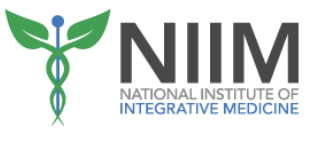Significance of LDL Sub-fractions in Cholesterol Control & Cardiovascular Disease at National Institute of Integrative Medicine
Significance of LDL Sub-fractions in Cholesterol Control & Cardiovascular Disease at National Institute of Integrative Medicine
Date: 27 January 2021
Topic: Significance of LDL Sub-fractions in Cholesterol Control & Cardiovascular Disease
Organisation: National Institute of Integrative Medicine (NIIM)
Session: 1:00pm – 2:00pm One hour seminar workshop
Venue: online
Invitation from: Christine Johnson
Sponsored by: Vanita Dahia (Voluntary)
Registration: National Institute of Integrative Medicine (NIIM)
Recording: Practitioners Only – Contact National Institute of Integrative Medicine (NIIM)

Cardiovascular Disease is the leading cause of death in both men and women worldwide.
Does high cholesterol mean a risk for cardiovascular diseases, heart attack, stroke?
Half of myocardial infarctions occur in patients with no overt hyperlipidaemia, and 20% occur in the absence of any classic risk factor.
50% of people who suffer from coronary artery disease (CAD) have normal cholesterol levels indicates the need for a more specific diagnostic tool.
Plasma lipoprotein particles contain variable proportions of four major elements: cholesterol, triglycerides, phospholipids and specific proteins called apoproteins.
The relationship between small dense LDL particles and an increased risk for CAD has been well established.
Evaluation of lipid sub-fractions in the role of CVD reveals key epidemiologic links to cardiovascular risk or the need for pharmaceutical statin interventions.
The anti-inflammatory or lipid-lowering effects of pharmacologic and nutritional therapies can further be elucidated with genetic polymorphisms and apo-lipoprotein markers.
In this webinar, you will learn:
• Differentiation and clinical significance of lipid markers
• Functional pathology approach to understanding biomarkers of CVD
• Genetic risk factors and markers
• Understanding a lab report
• Management of a cardiovascular patient





